LA’s trees and shrubs are critical infrastructure, providing countless benefits to our communities and local ecosystems. Our native trees and shrubs—which are specially adapted to live in this region—play a particularly important role in our local environment, serving as hubs for biodiversity and beacons of climate resiliency that will cool our communities for generations to come.
Thankfully, a few of these native trees and shrubs enjoy legal protections in the City of Los Angeles. Here’s everything you need to know about LA’s Protected Tree and Shrub Ordinance, and the plants it covers.
What is the Protected Tree and Shrub Ordinance?
LA’s Protected Tree And Shrub Ordinance prohibits individuals from removing or relocating specific native trees and shrubs without first obtaining a special permit from the city.
This includes a ban on any activities that might cause a protected tree or shrub to die—including but not limited to damaging the tree with heavy machinery, using toxic substances on it, burning the tree, or excavating the land around it in a way that damages it.
These species are protected if they measure at least 4 inches wide at 54 inches above ground level. If someone does want to remove a tree, they must first hire a tree expert to advise them, request a permit, and in many cases, will have to replace the tree or shrub with four comparable protected species on the same lot. For more details, see Los Angeles Municipal Code 46.00-46.06.
Protected Trees
Western Sycamore (Platanus racemosa)

This iconic native tree is often found in riparian areas, where it can grow up to 100 feet tall. It provides habitat for a wide variety of native species, including the Western Tiger Swallowtail butterfly, which uses it as a host plant.
Southern California Black Walnut (Juglans californica)
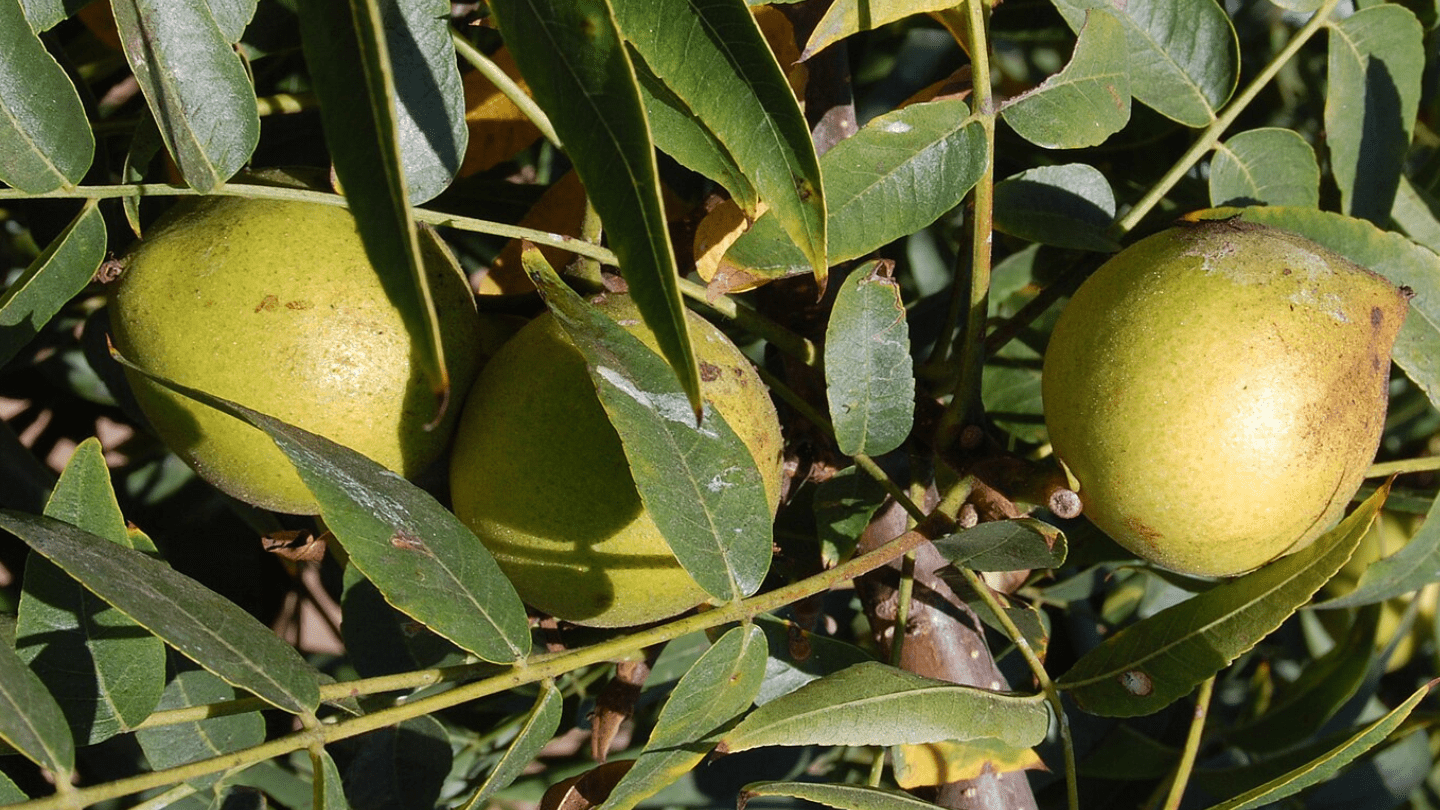
This hardy, shrub-like tree provides critical habitat and food for dozens of different species of birds and rodents. It’s also great for erosion control on the hillsides where it thrives, and has been used by California’s indigenous peoples for dye, games, and other cultural practices for generations. Unfortunately, it is now threatened in many areas due to development.
California Bay (Umbellularia californica)
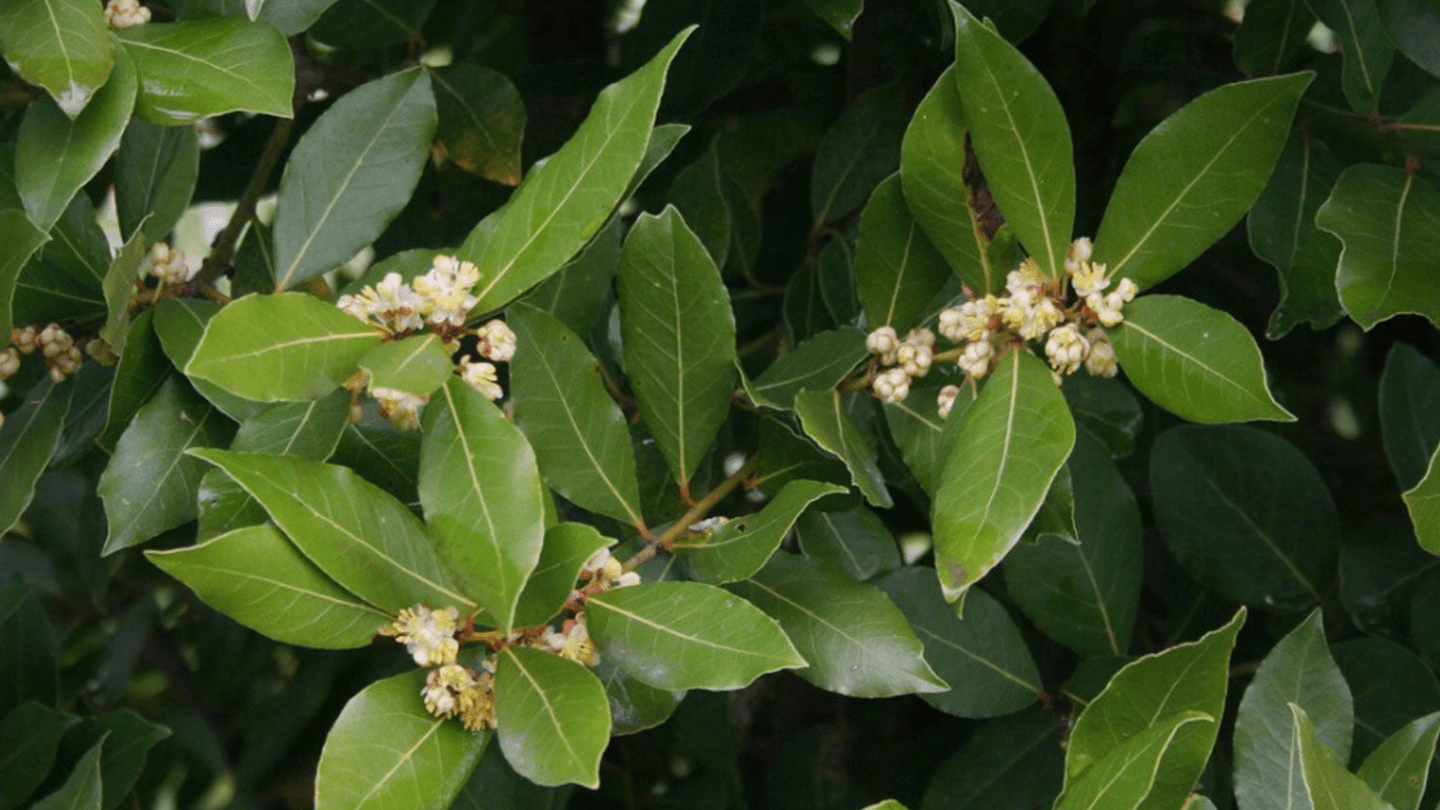
Known for its fragrant leaves, which can be used as a cooking spice, this evergreen tree is tolerant of a wide variety of soils and is favored by a number of bird and mammal species. It also hosts four different species of butterflies and moths.
Almost every native oak tree species
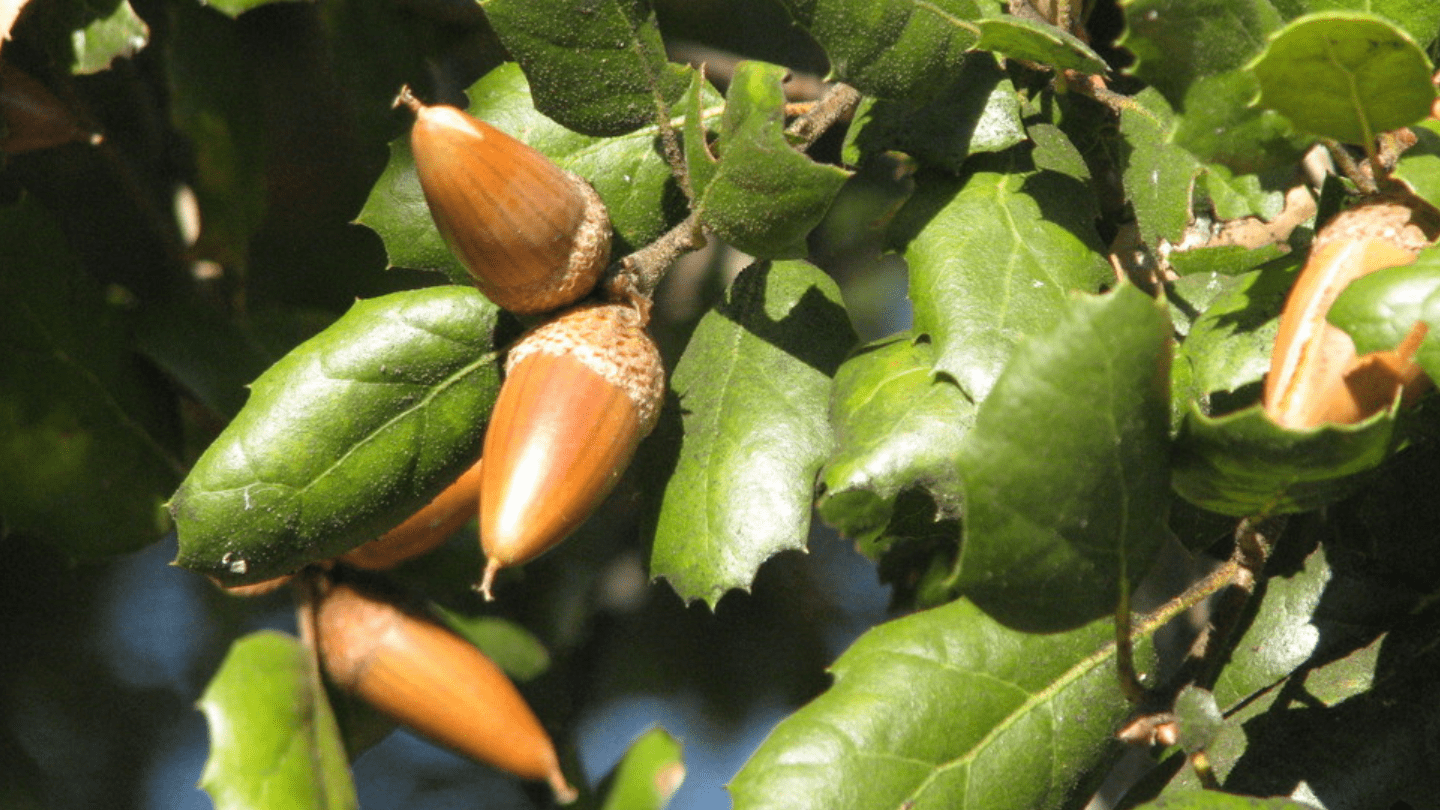
The ordinance protects every oak tree indigenous to Southern California except for the scrub oak. This includes the coast live oak (Quercus Agrifolia), a keystone species that supports hundreds of other native bugs, mammals, and birds, and the valley oak (Quercus Lobata), the largest oak in North America. It also includes less-known varieties like the Engelmann Oak (Quercus engelmannii), Blue Oak (Quercus Douglasii), Canyon Live Oak (Quercus Chrysolepis), and Interior Live Oak (Quercus wislizenii).
Protected Shrubs
Mexican Elderberry (Sambucus mexicana)
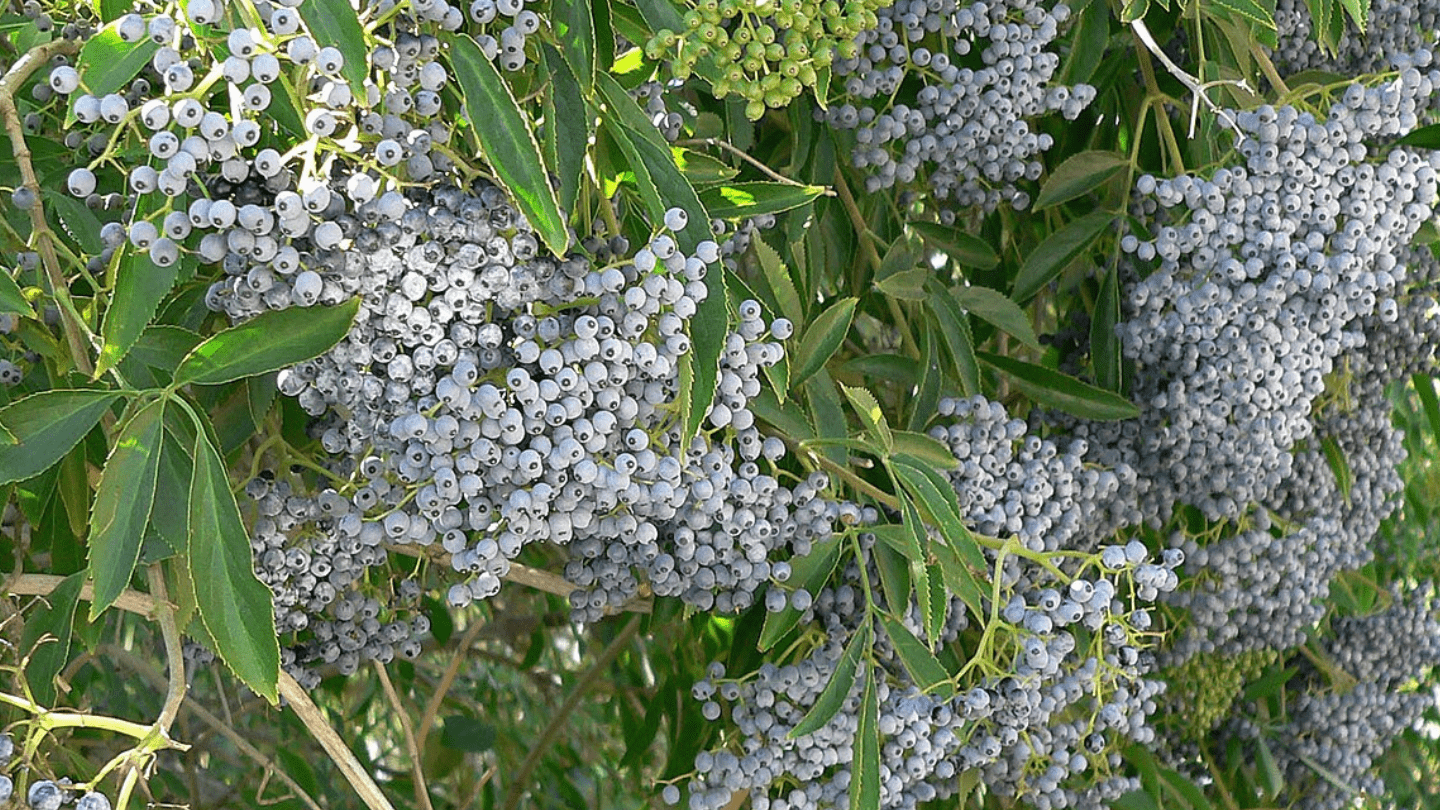
This quick-growing shrub can reach the size of a small tree, and is popular among all kinds of wildlife. In spring, pollinators flock to its flowers, which transform into large clusters of blue berries that birds and mammals munch on in the summer.
Toyon (Heteromeles arbutifolia)
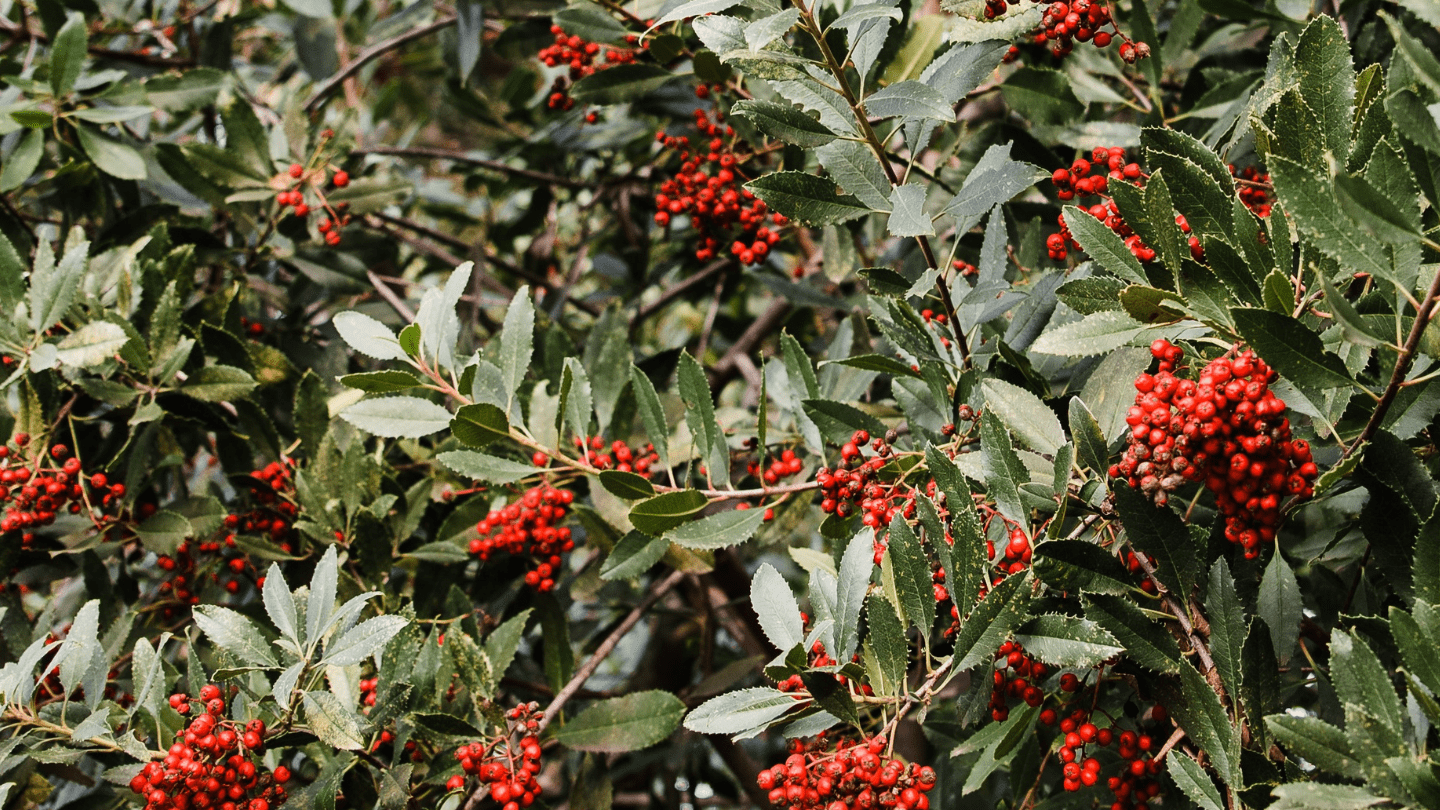
Toyon is the official city plant of Los Angeles, and for good reason. Butterflies, moths and bees love its summer flowers and its red berries help sustain birds, coyotes, and bears throughout the winter. Indigenous peoples also use the berries in a variety of ways, often cooking them to remove their bitter taste.
What can I do if I see one of these trees being removed?
If you see one of these protected trees being removed or damaged, you can report violations at myla311.lacity.org. Scroll down to the tab that says “Trees/Vegitation,” and then click “Street Tree Violation” to file your report.
For more information about how to protect the trees in your neighborhood (even when they aren’t covered under this ordinance), check out our guide here.

